Edit/tl;dr: What are some alternatives to reed switches?
I'm looking for a switch that can be closed one-time that doesn't require any case penetration. The design is inside a water-proof enclosure. The switch goes between an 18V, 25Ah battery and some electronics. I'm obviously aware of reed switches, which seem like the perfect solution, but I'm concerned about reliability.
The application is a scientific instrument which is deployed in the ocean and is not serviceable. The switch is necessary because the device is in-transit/storage for sometimes more than 1 year. The device operates for approx. 2 years on this battery.
I've done a lot of searching on this topic. I'm convinced I just do not know the right terminology to get me to my goal. This post most widely breaches this subject with lots of great suggestions but no great solution.
What I really want is something like a fuse, only instead of opening when it 'blows' it would close. This can be a complex circuit or a simple device, the only requirements are low power consumption(10's of uA or less) and no case penetration.

